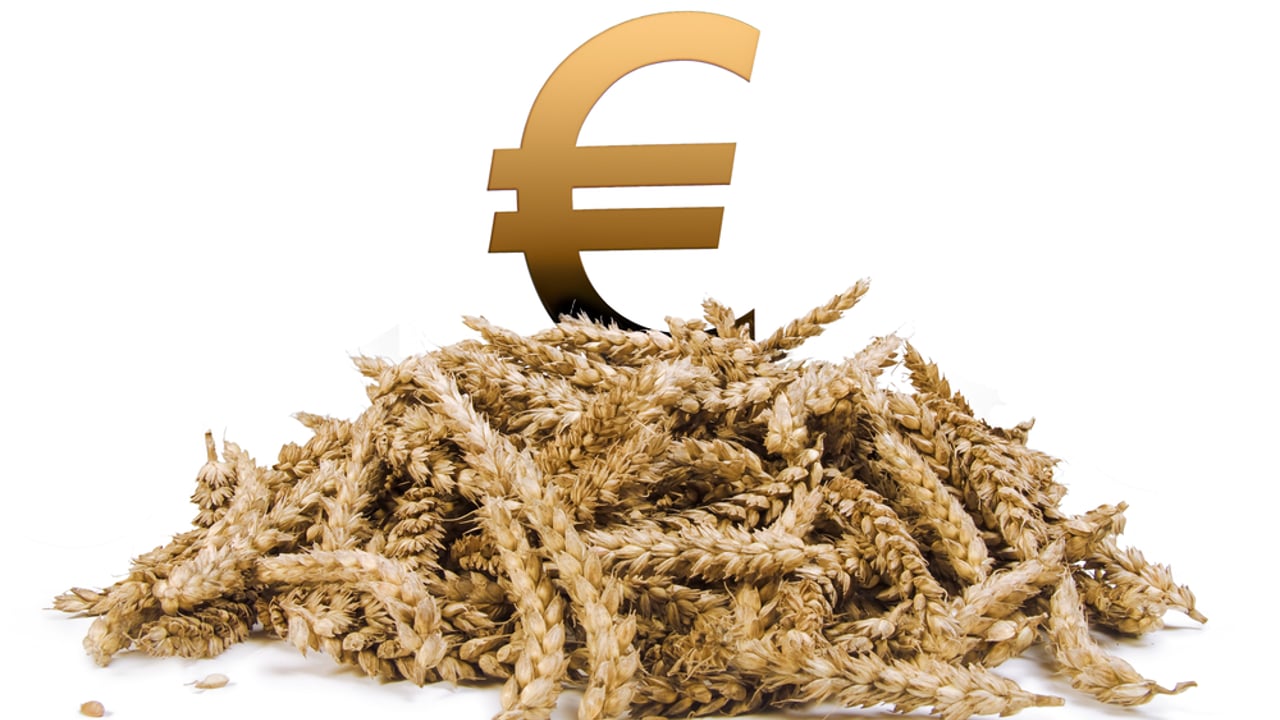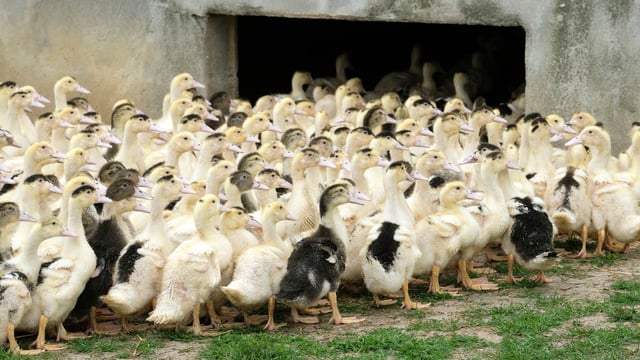Feed market update: Tighter maize supply increases feed demand
Irish Grain and Feed Association (IGFA) director general, Maeve Whyte, participated in an interview with Agriland’s, Richard Halleron, explaining that tighter supplies of maize are contributing to increased feed demand.
The interview covered the current state of Ireland’s grain and compound feed markets.
The interview began with probably the most obvious question at the moment:
What are the drivers within the Irish grain market at the present time?
Maeve Whyte said: “International markets are suffering from a tightness in supplies due to growing demand and less availability
“There is also a slacking off in demand in the US for maize, as a feedstock for ethanol.
“In the last year global stocks have declined due to increased Chinese imports and production losses in Ukraine and the U.S. Production losses continued in Brazil this year, which has meant that supplies have tightened even further," she added.
The IGFA chief added that wheat harvests have been disappointing in many exporting regions with large declines from estimates before harvest.
"Other regions saw increased production, as was the case in Europe and Ukraine, but these increases have not offset losses in North America and Russia. Milling quality has also been an issue from France due to a wet harvest," she continued.
According to Whyte, freight costs have also increased considerably, which has added costs to feed materials.
Vessel availability is a major issue, as a consequence of Covid-19. It is also apparently more difficult to transport product from in-country collection points to where it needs to be at the port side.
As a consequence, there is a reluctance from sellers to offer product as they are less confident that they can actually deliver it, according to Whyte.
This is having an impact on big tonnages as traders are more nervous about securing supplies in time to load larger vessels.
The Irish market, like many others, is also characterised by a tightness in supplies. The tighter supplies of maize have increased feed demand for wheat and barley locally this harvest.
But there is a lack of sellers at the moment particularly for barley. As a consequence, prices are increasing week on week.
Whyte went on to confirm that such trends would usually be offset by imports. But, for the reasons previously referred to, this is not happening at the present time.
Finally, malting barley has been of very good quality this year, according to the IGFA. As a result, there is less available by way of rejected malting supplies to add to the feed barley volumes.
Agriland asked: What are the general prospects for feed prices over the coming months?
“Feed prices have increased over the last few months and continue to increase. They are expected to stay high for wheat, barley and maize, and freight costs will also have an impact," Whyte responded.
Agriland also asked: Are Irish feed compounders actively seeking to source protein crops - such as beans - from local growers and if so, what criteria must growers meet to make this work?
“The answer to this is yes.
“This is because they want to support Irish production but also because beans help make a good quality pellet and are a good source of protein," Whyte added.
“Variable yields represent one of the most significant barriers to increasing the area of beans grown, and more research is needed on varieties and agronomy to try to achieve consistent yields at field level.
According to the IGFA representative, beans are harvested later in the year, so poor weather at bean harvesting time can also slow down autumn cereal planting intentions.
"Profitability is key for the producers and further incentives are needed to increase bean production," she explained.
Finally Agriland asked: Generally speaking, is there scope to grow more grain in Ireland?
“I think many agri stakeholders, including government, would like to see more grain produced in Ireland, not least as a means of helping to deal with the increased price of imports.
“Costs of fertiliser might also be an issue and could hit tillage in the future," she concluded.





